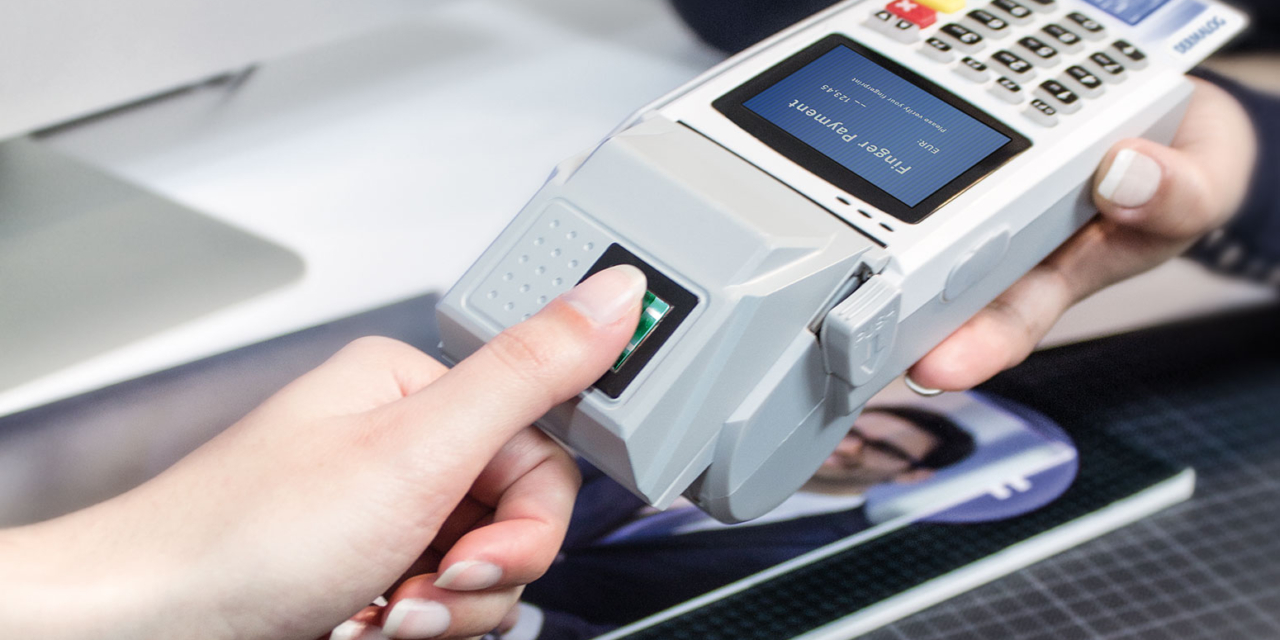Biometric payment cards, e-passports and IoT security issues will hog the headlines, predicts a research firm working closely with their government.
In the Philippines, 2021 will be a year that heralds the arrival of the biometric payment card, the decline of e-passport issuances, and the unification of security pathways that can thwart sophisticated cyberattacks.
These are some of the predictions of ABI research, which has partnered government agencies and technology brands to provide strategic guidance.
Their research analysts have a few things to say about digital security.
Soft launch of biometric payment cards
You know the delay often caused along the checkout lane at the supermarket whenever someone in front of you pays with his card? The delay can be attributed to the payer having to enter his pass code into the card reader and then providing a signature. Some of these slow payers remind you of how old people chew their food …
With the pandemic-mandated need to minimize contact, use of payment cards instead of cash will continue. However, the expectation is that the transaction will be faster with biometric payment cards, which do not require keying-in of passcodes or signing off on slips of paper.
Fingerprint-on-card technology does away with personal identification codes and John Hancocks (signatures). Thus, no physical interaction is needed at the point of sale, with a biometric payment card now having an average selling price between US$20 and $30.
Phil Sealy, ABI Research Director, calculated that: “The next generation of biometric payment card products will likely hit the market in 2021/2022. Although this will help push the price point down to the US$13–US$20 range (depending on volume), they will continue to command an average price that is significantly higher than standard contactless cards. With a pricing ratio between a contactless card and biometric payment card in the range of x5, we expect that approximately 300,000 to 1 million biometric payment cards will be delivered by 2021. This year will not mark the beginning of mass issuance, but rather, it will be a ‘soft’ commercial-launch milestone.”
Security unification is gestating
Cyberattacks cost billions of dollars in damages all over the world. It is a reality that will not go away but only worsen with the adoption of more technologies such as IoT.
According to ABI, IoT players adopt the necessary security tools and protocols, but often these are not enough. Security tools need to fit each key market’s security requirements. Even established tools such as firewalls have to be reworked amid a lack of standardization except for those regulations and standards initiated by the International Organization for Standardization (ISO) and the National Institute of Standards and Technology (NIST).
Dimitrios Pavlakis, an industrial analyst at the firm, explained: “From automotive systems to smart cities and industrial control infrastructures, security frameworks and architecture vary greatly, are often prone to inherently-insecure communication protocols, lack security infrastructure, or are locked behind proprietary manufacturer options, adding further complexity for security operations. Like a vicious circle, the IoT security concerns do not stop there.”
Standardizing and developing a full-fledged security framework for an entire IoT ecosystem is, of course, a tall order. “Due to the highly-fragmented, volatile, and, ironically, intertwined nature of such IP-connected ecosystems, security unification will not happen anytime soon. However, it will be determined by painstakingly securing key markets one by one, mending the cross-vertical integration challenges, and adopting a ROI-driven security approach moving forward.”
E-passport shipments will decline due to closed borders
Another aftermath of the pandemic is the closure of borders, which ABI Research Analyst Sam Gazely sees as the catalyst of the decline of shipment of e-passports: “Passport-heavy countries such as the United States and China, will bear the brunt of the shortfall with shipments expected to fall by up to 50% to 60%.” The explanation behind his prediction is: “To reduce in-person contact and limit infection transmission rates, many government credential enrolment and personalization centers have seen closures, leading to significant backlogs.”


















